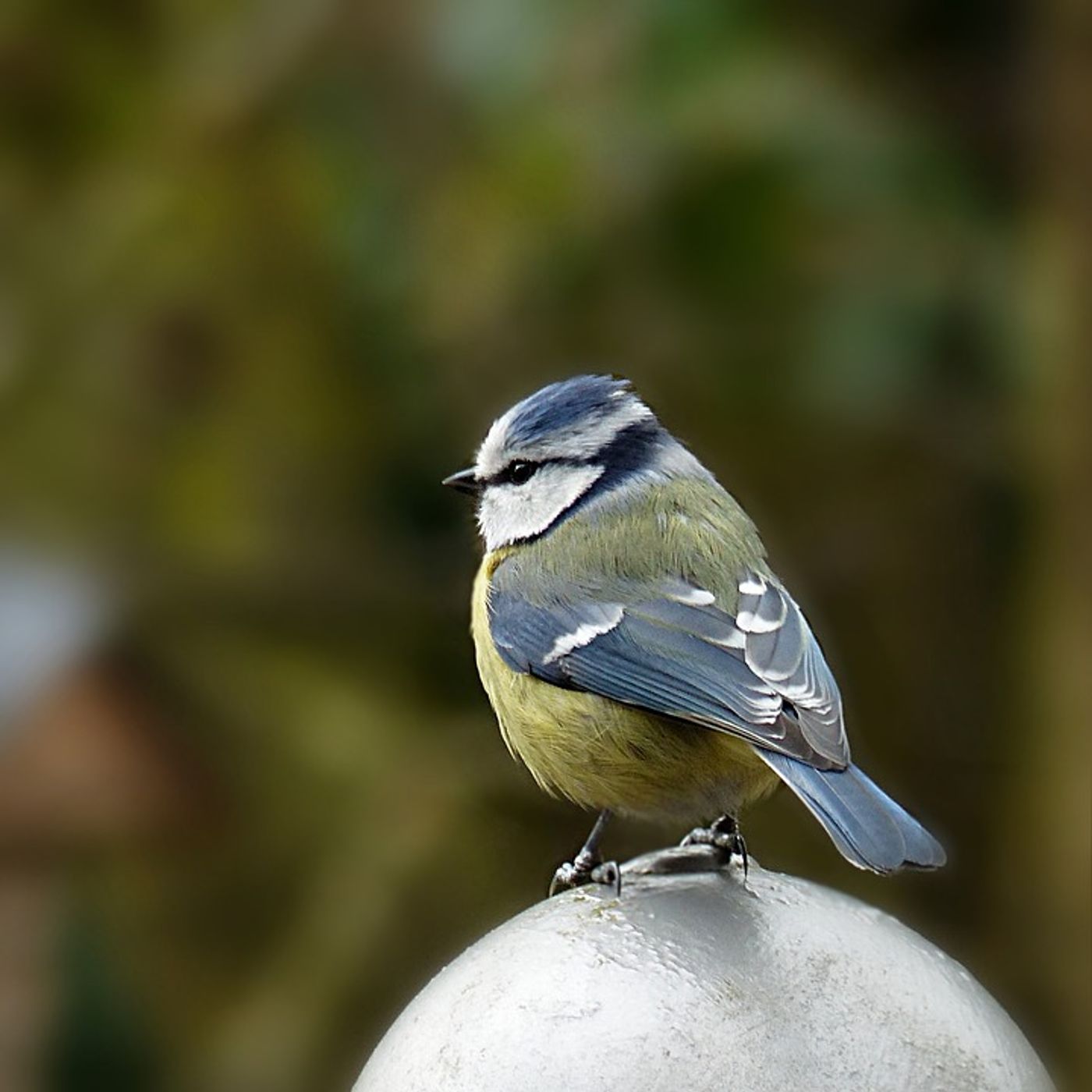Urban Blue Tits Lay Larger Eggs Than Their Forest-Dwelling Counterparts
Curious researchers from the University of Lodz wanted to know if there were any substantial differences between eggs laid by city-dwelling blue tits and their forest-dwelling counterparts. To learn more, they conducted a 12-year study encompassing both varieties within a 10-kilometer radius.
A paper describing their results has been published in the journal Frontiers in Zoology.
Image Credit: Pixabay
One of the primary things they discerned in their research was that eggs laid by urban blue tits were up to 5% larger than eggs laid by those living in the forest. Furthermore, urban blue tits laid fewer eggs per clutch than those living in the woods.
"There is a certain difference in egg volume that you would expect from a trade-off with clutch size, which means there are either bigger eggs but fewer eggs in a clutch, or a greater number of smaller eggs, depending on the resources available to the birds," explained Jerzy Banbura, a co-author of the study.
"However, what is surprising about our findings is that the difference in egg volumes between the urban and forest sites went beyond the difference we expected from that trade-off."
Related: These parasitizing birds match their egg size to their host's
In addition to egg size and quantity, the researchers noticed that the forest-laid blue tit eggs were significantly rounder than those laid in the urban environment.
But what was causing all these inconsistencies? According to the researchers, it may have something to do with the differing levels of calcium availability in each environment.
The rounder the egg, the more structurally sound it is, but calcium composition also plays an instrumental role. Blue tits have easier access to calcium sources in urban environments; that said, city-dwelling blue tits can lay larger and stronger eggs without the highly-spherical shape usually required for the eggs to endure the elements.
"Poor availability of calcium in the forest environment we studied- for example due to smaller numbers of shelled snails—may have created a pressure of natural selection towards producing smaller eggs, more spherical eggs, so that the limited calcium was used more economically,” Banbura added.
"The larger eggs and smaller clutch sizes in urban areas may reflect the greater availability of calcium in this environment."
Related: Bigger birds bully their way into food sources, study shows
The research shows how the birds adapt to different environments to help ensure the survival of their young, but it also unveiled another astonishing detail: egg sizes among both city and forest-dwelling blue tit varieties shrank consistently during the 12-year study period.
No one knows for sure why this happened, but climate change may have been a factor. Climate change is thought to be a driving factor behind extreme weather events, and these might impact prey availability; this could mean that blue tits are finding it more challenging to locate calcium-enriched prey to sustain their larger egg sizes.
The study introduces new opportunities to research various types of birds all around the globe. By understanding these characteristics about their eggs, we can better understand how these creatures are adapting to environmental dynamics.
Source: Science Daily, Frontiers in Zoology
-
APR 30, 2024Immuno-Oncology Virtual Event Series 2024
-
MAY 07, 20243rd International Biosecurity Virtual Symposium
-
SEP 03, 2024Microbiology Week Virtual Event Series 2024
- See More


















































